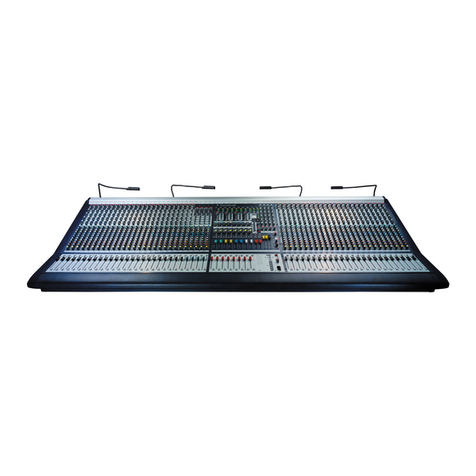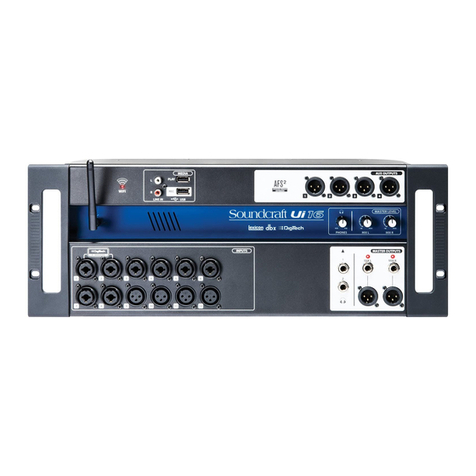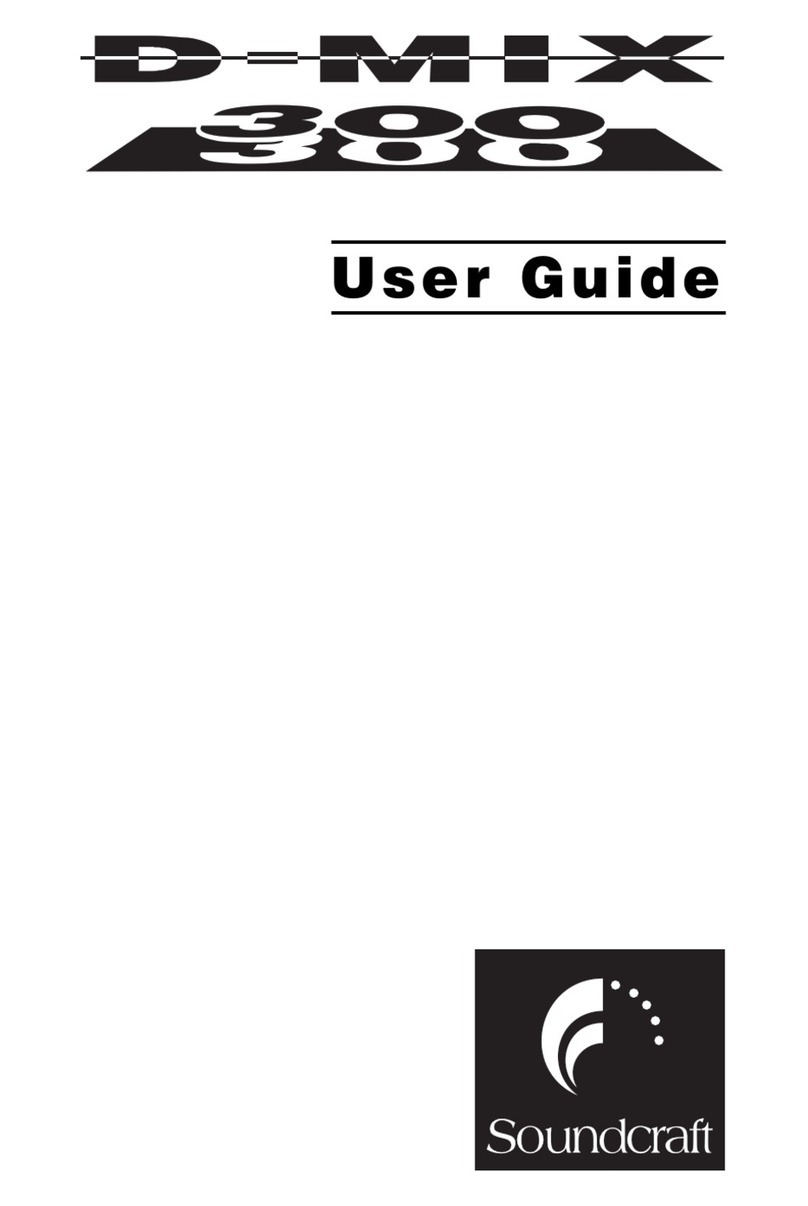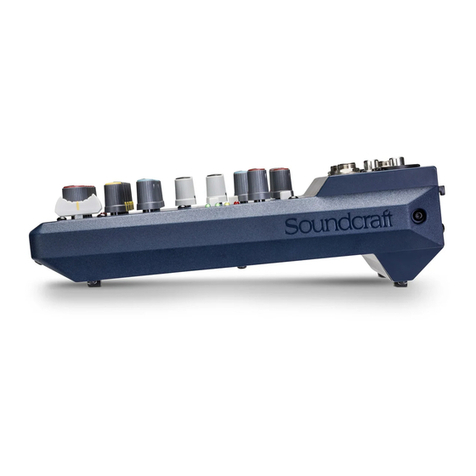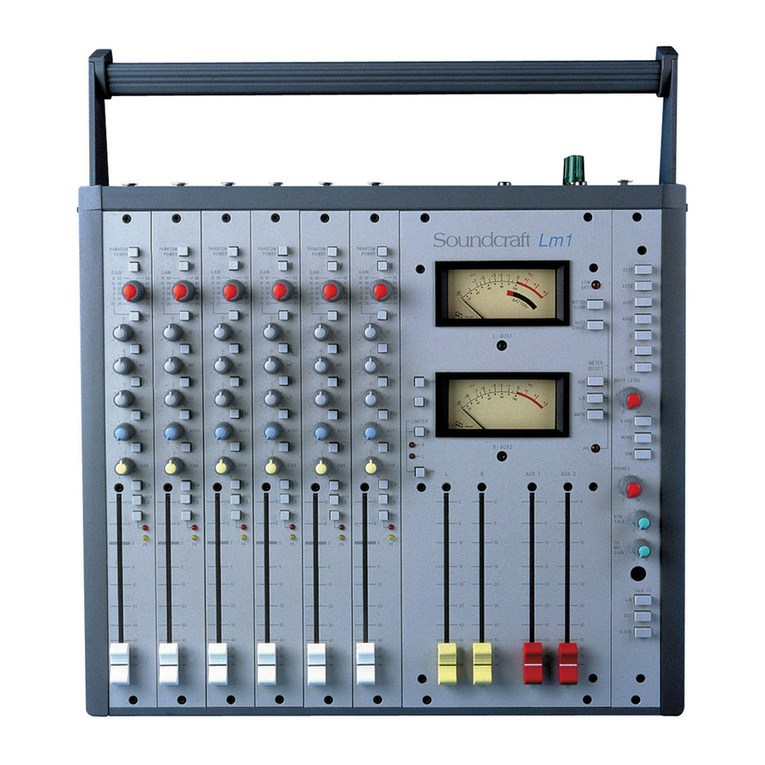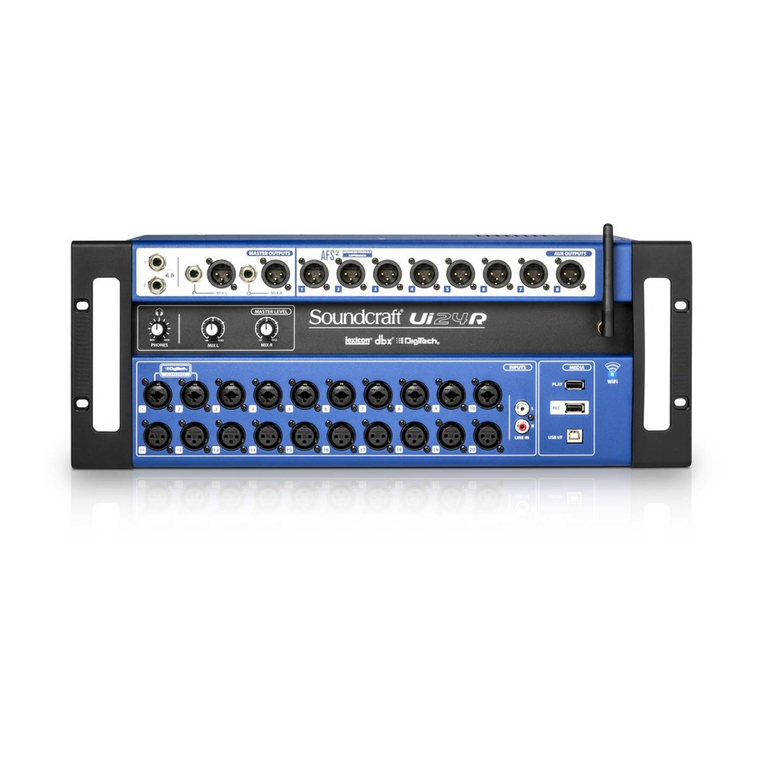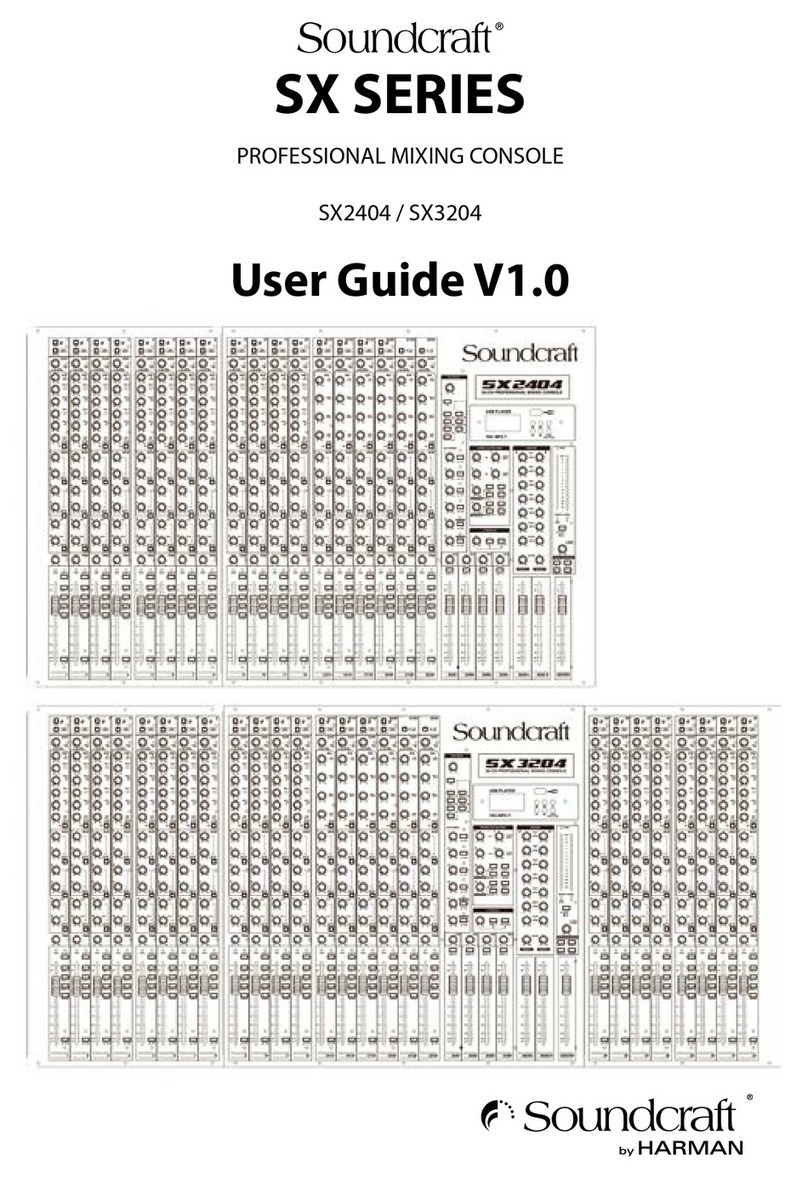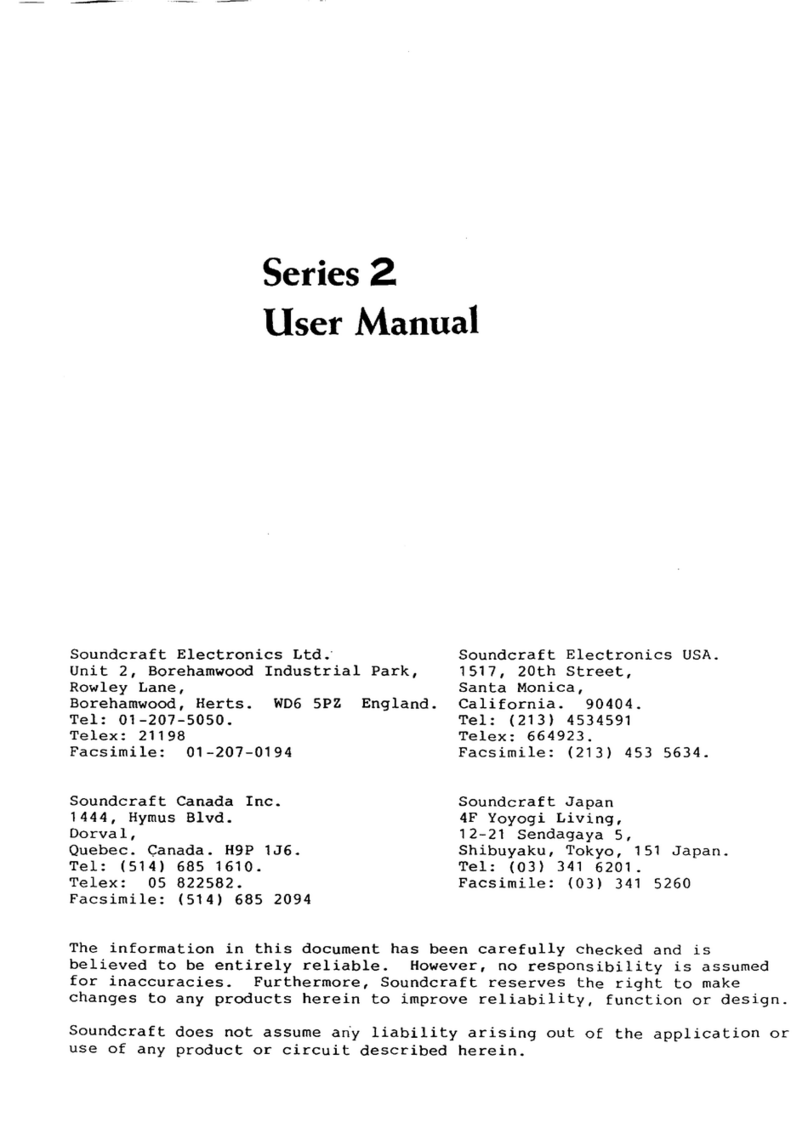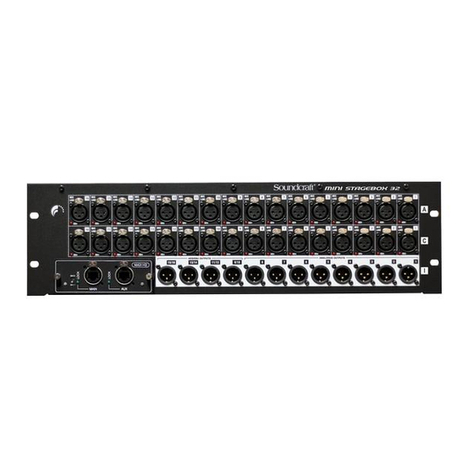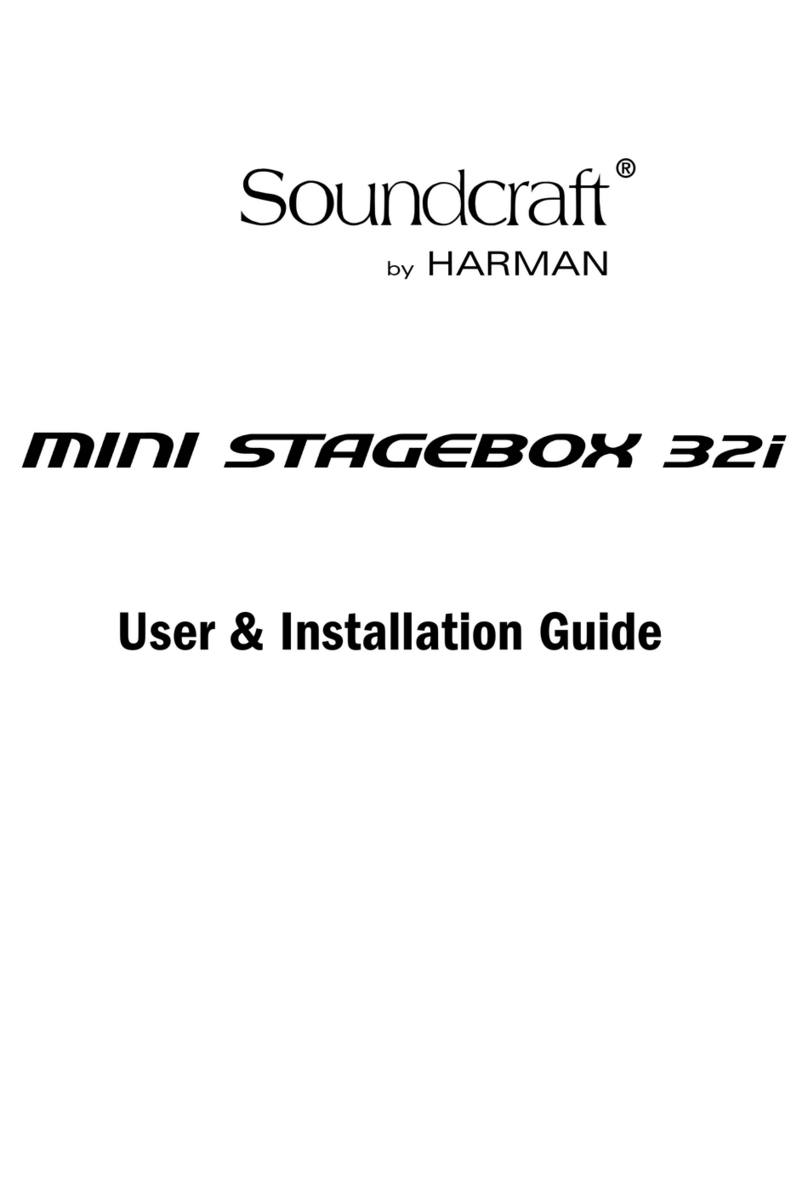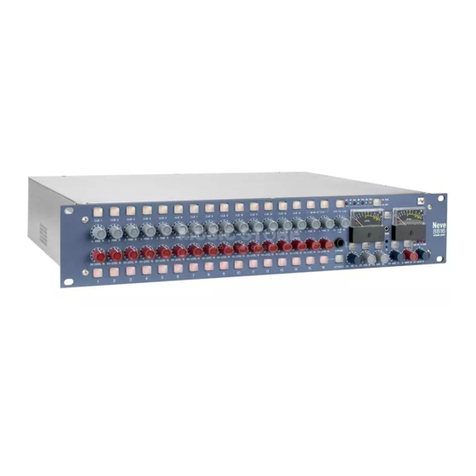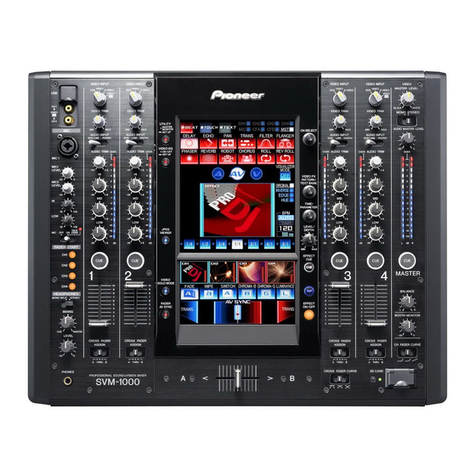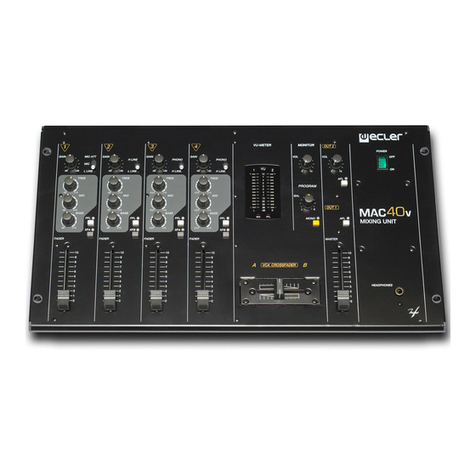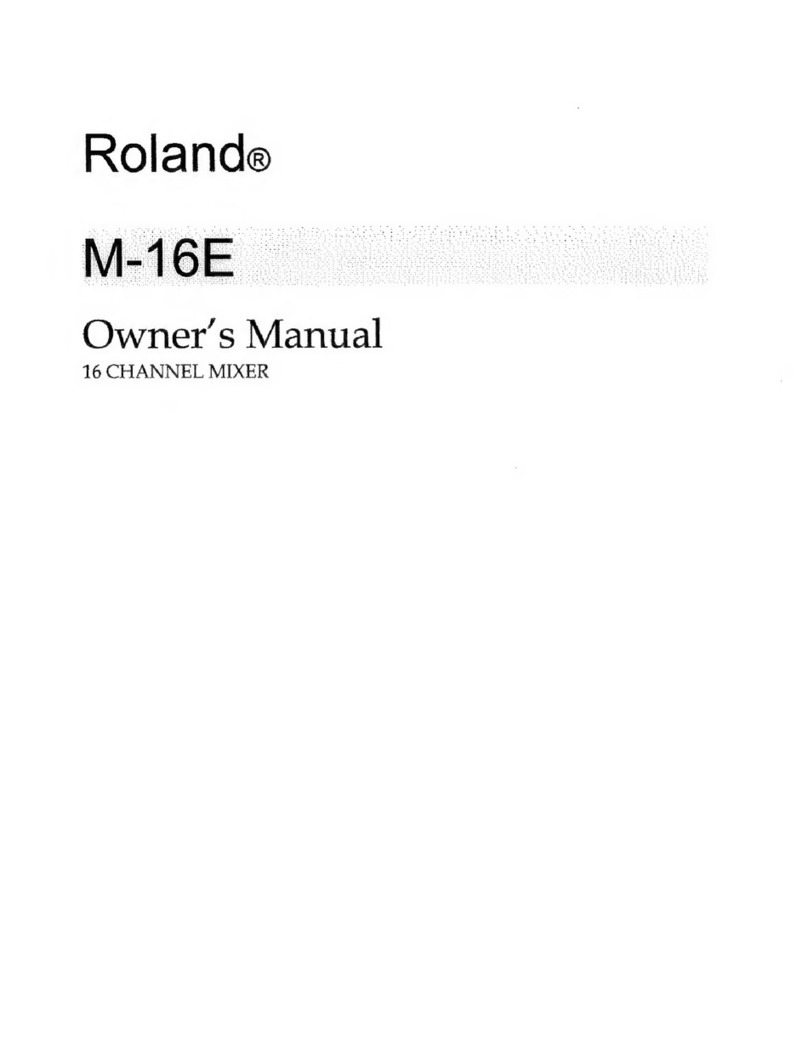Page 5
BBAASSIICC PPRRIINNCCIIPPLLEESS OOFF PPAA MMIIXXIINNGG
There wa a time when the P.A. y tem and the operator exi ted only to increa e the
overall volume of the performer , o that they could be heard in a large room or
above high ambient noi e level . Thi ju t i nt true any more. The ound y tem and the
ound engineer have become an integral part of the performance, and the arti t are
heavily dependent on the operator kill and the quality of the equipment.
The following introduction to the ba ic of mixing are included for the benefit of
tho e u er who may not have any ignificant familiarity with ound equipment, and who
are baffled by the endle jargon u ed by engineer and arti t alike.
TThhee MMiixxeerr
A one would expect, the main purpo e of the mixer i to combine ound , but under
preci e control. Thi i why long-throw fader are e ential on any profe ional mixer, to
give a re pon ive and mooth feel to the operator. The fader provide you with clear
and in tinctive control of the final ound balance and like an arti t playing an in trument
you hould li ten to the effect of your fader movement , not look at your hand .
Your SPIRIT LIVE 42mixer accept a wide range of input ignal via the microphone
input, for very low level ignal , or a line input, for higher level ignal from, for in tance,
tape machine , effect proce or , etc.
The mixer i plit into two ection . The Inputs receive, match and proce individ-
ual ource ignal , and di tribute them at preci e mix level to either a tereo Mix output
or to one of the Groups. The Master ection allow overall level control of all output ,
and provide monitoring of the audio ignal at many point in the mixer, either on head-
phone or meter .
The Equaliser control are the mo t flexible and potentially de tructive feature of
the mixer. They have a imilar effect on the frequency re pon e of the input channel a
the tone control on a hi-fi y tem, but with much greater preci ion, and allow particular
characteri tic of the input ignal to be empha i ed or reduced. It i very important that
you become familiar with the effect each control ha on the ound and thi i be t
achieved by pending time li tening to the effect of each control on a well-known track
played through the mixer.
The Auxiliary Sends provide a way of routing the input ignal to a number of ec-
ondary output , for arti t foldback, echo unit or additional peaker output .
The Pan control adju t the po ition of the input ignal within the tereo mix, and
can be wept from full left, through to full right. Thi allow particular arti t to retain
their correct patial po ition within the mix, and can be valuable for live effect .
Pre-Fade-Li ten(PFL) allow you to monitor the ignal at many point in the mixer.
Pre ing any PFL witch place the ignal at that particular point onto the headphone
and the right meter, to check the quality of the ignal or to pin-point problem . U ing
PFL will not affect the ignal on the output from the de k.
Each mono input channel and the Mix and Group output have an Insert `A gauge
jack ocket, which i a break point in the ignal path. It allow the ignal to be taken out
of the mixer, through an external piece of equipment and then back into the mixer
directly after it original exit point. The In ert point i normally bypa ed by the `A
gauge jack ocket contact , and i only brought into operation when a plug i in erted.
Typical u e would include Effect Proce or , Limiter , additional Equali er or Delay
unit . In addition, each channel ha a Direct output which may al o be u ed to feed
external equipment uch a multitrack tape machine or effect device .

